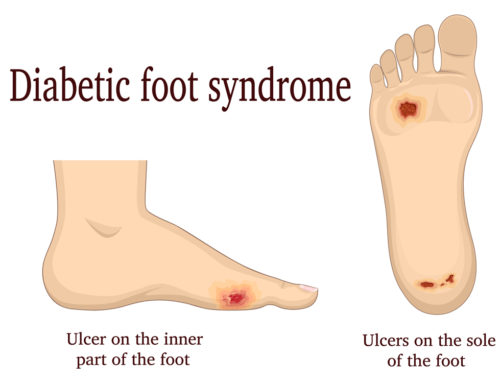Prevent Broken Shoulder Permanent Damage ASAP
Ensuring prompt treatment for a broken shoulder is imperative, particularly for older people, as it helps prevent potential complications, including permanent damage. Delayed or irregular treatment may prolong the recovery process, leading to an increased risk of permanent damage. Considering that older adults may already experience a more extended recovery period, it becomes even more important to expedite the healing process.
Physical therapy is crucial for healing a broken shoulder and preventing complications. Timely treatment will minimize risks of getting further damage such as muscle atrophy, permanent stiffness, permanent pain, improper alignment of bones, some of which may be irreversible.
Let’s see how physical therapy can help to prevent these risks.
Prevent Broken Shoulder Damage ASAP
While not always the case, permanent damage is possible, particularly in older people. Physical therapy is instrumental in sidestepping such outcomes, and the earlier you initiate it, the better. Permanent damage from a broken shoulder can involve issues like misaligned bones during healing, improper bone healing, nerve damage, muscle complications, and potentially long-lasting limited range of motion.

Physical therapy helps to minimize muscle atrophy
Immediate treatment and early movement can help prevent muscle atrophy, the loss of muscle mass around the shoulder. Maintaining muscle strength is crucial for stability and overall function, guarding against the risk of limited range of motion. This is especially pertinent for individuals whose broken shoulders result from conditions like osteopenia or osteoporosis, particularly in older females. Strengthening muscles around the shoulder is crucial to avoid potential bone loss.
It helps to preserve range of motion
Early rehabilitation efforts can help preserve the range of motion in the shoulder joint. This is critical for preventing stiffness and maintaining functional use of the shoulder. Your therapist will guide you through exercises tailored to your specific needs, ensuring correct form and effectiveness. This will help to prevent broken shoulder damage
Can physical therapy still be effective if initiated 2 years after a shoulder fracture?
While physical therapy can still be beneficial even if started later, the effectiveness of the intervention may be influenced by several factors, including chronic changes, the age of a patient, individual variations in healing, the nature of the shoulder injury, the type of treatment received initially, and length of the treatment.
Here are some considerations as to how long it takes to recover.
Chronic changes and patient’s rehabilitation potential
Starting physical therapy two years after a shoulder injury may mean that chronic changes have occurred. Tissues around the shoulder may have adapted to the injury, leading to stiffness, muscle imbalances, or altered movement patterns. Physical therapy aims to address these issues, but the degree of improvement may be influenced by the extent of chronic changes, which means this may not always help to prevent broken shoulder damage.
The success of physical therapy depends on the rehabilitation potential of the individual. Factors such as overall health, motivation, and adherence to the rehabilitation program play a role in determining the outcomes.
Individual variability to prevent damage from a broken shoulder
Responses to physical therapy vary among patients. Some may significant improvements in function and reduced pain, while others may see more modest gains. The degree of improvement can be influenced by factors such as age, general health, and the severity of the initial injury.
Realistic expectations
It’s important to have realistic expectations. While physical therapy can often bring about positive changes, complete restoration of the shoulder to its pre-injury state may not always be achievable, especially if there has been a substantial delay in starting treatment which might lead to permanent damage from a broken shoulder that could be difficult to prevent or reverse.
This article contains informational and educational materials and does not replace health or medical advice. For questions or concerns regarding your medical condition or health objectives, speak to a qualified physician or healthcare provider.






Leave A Comment